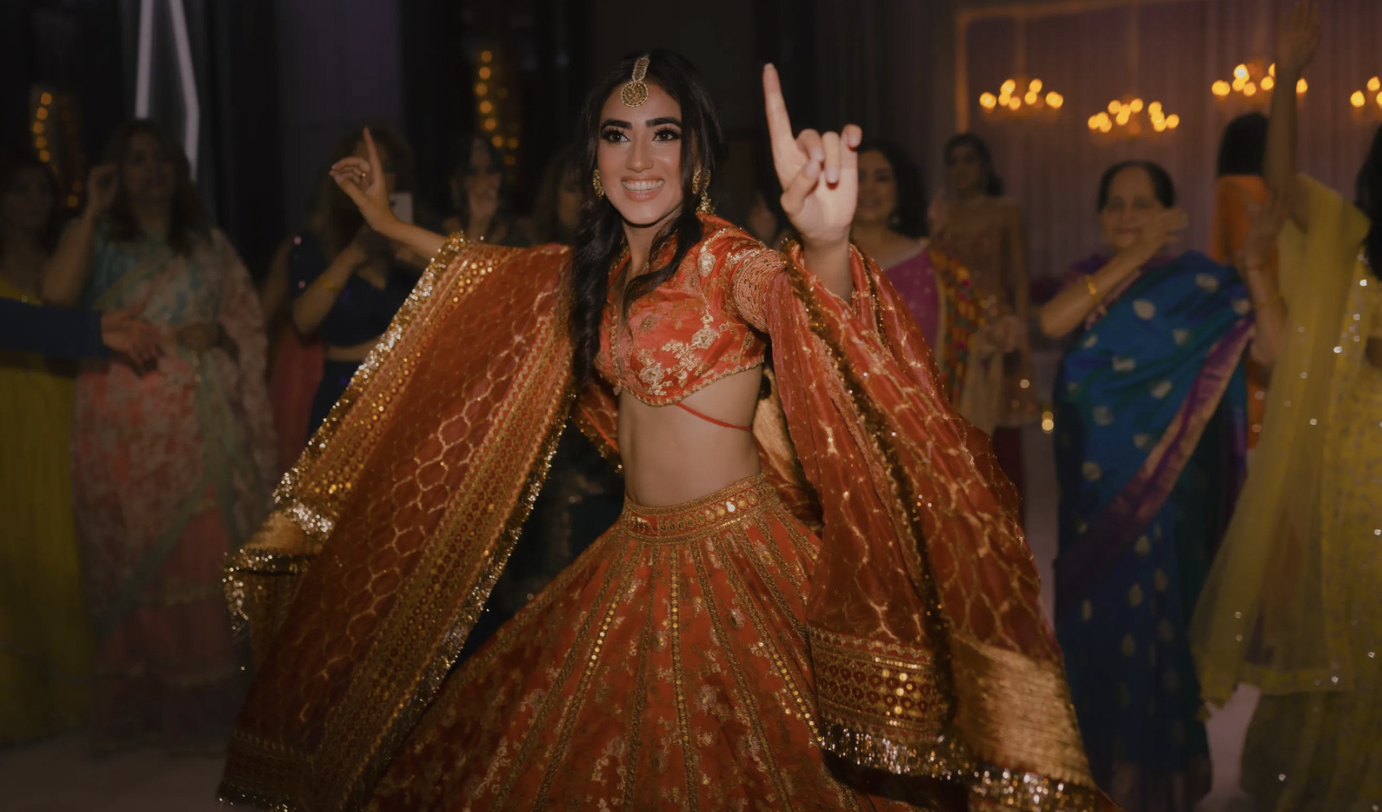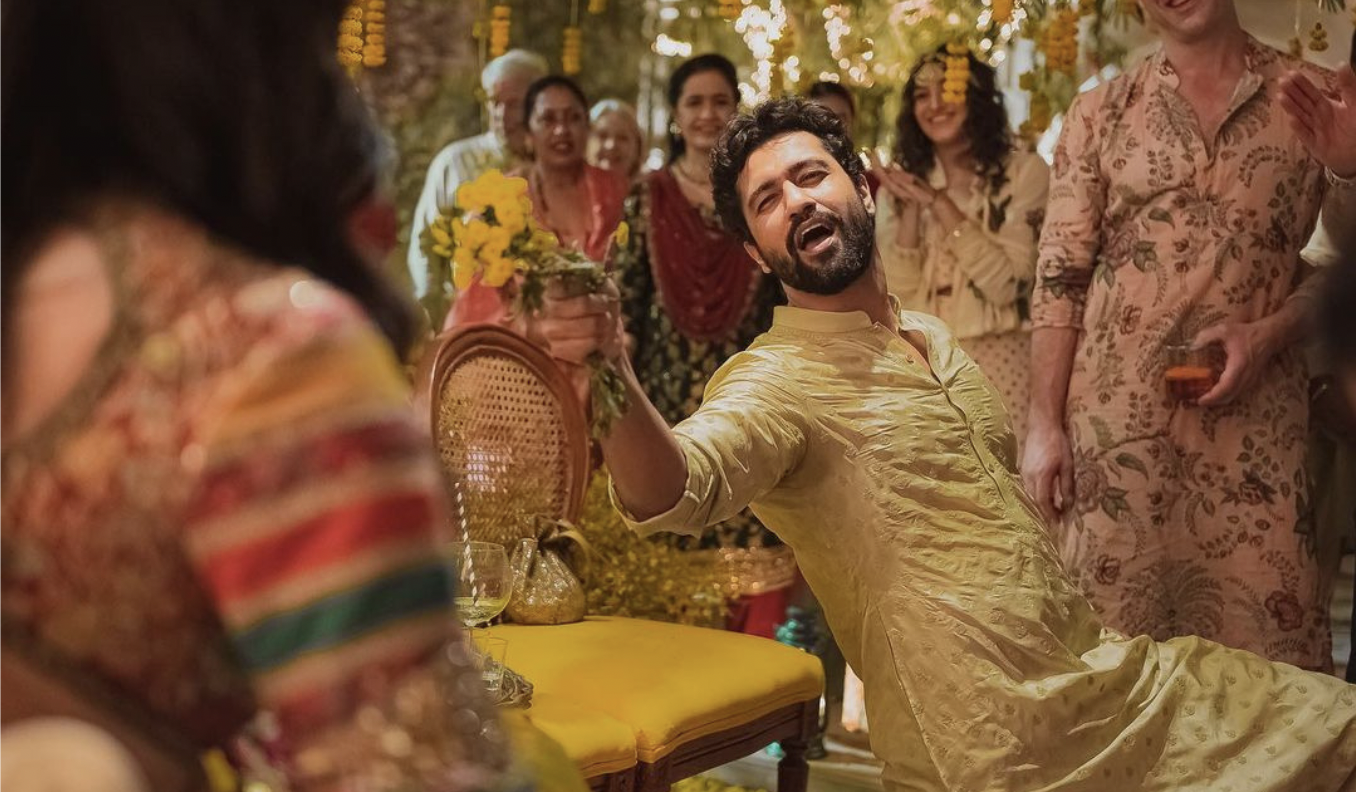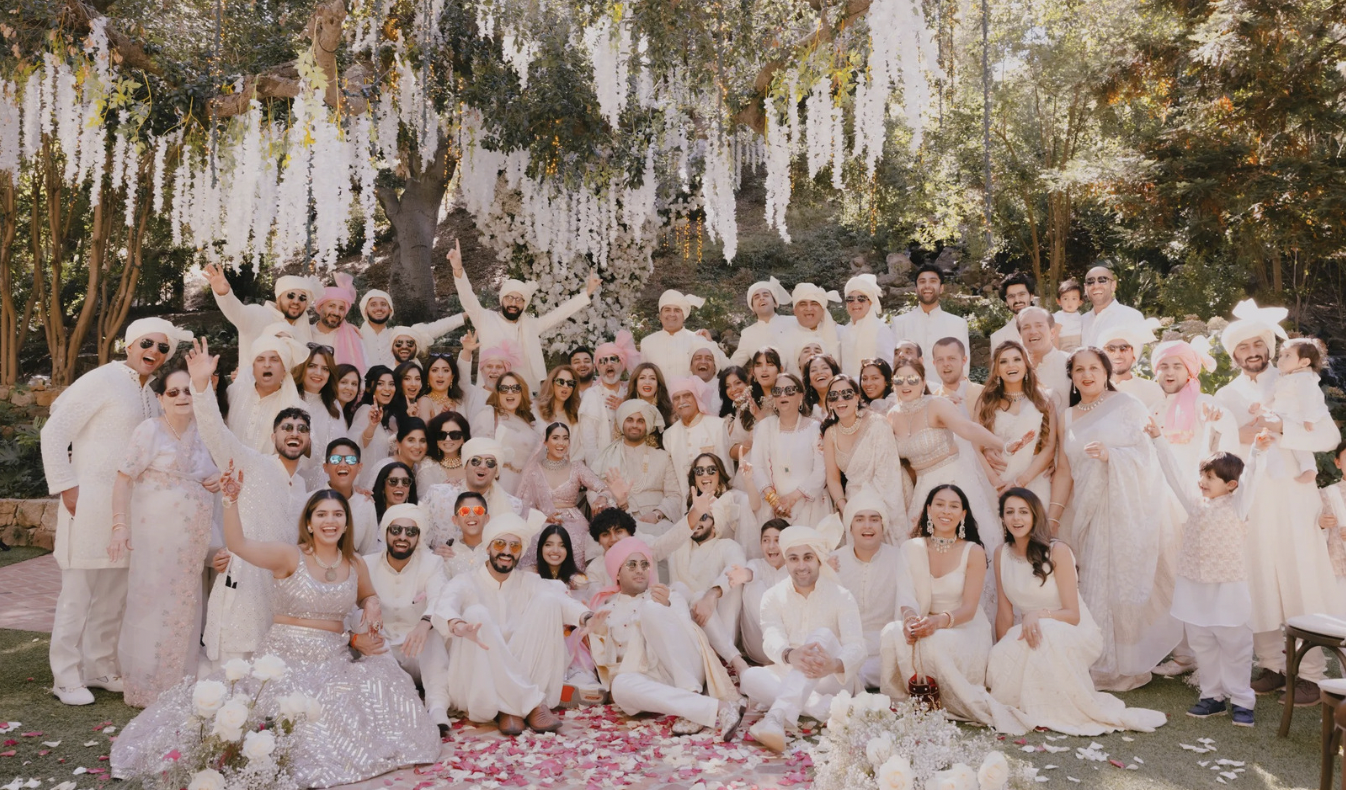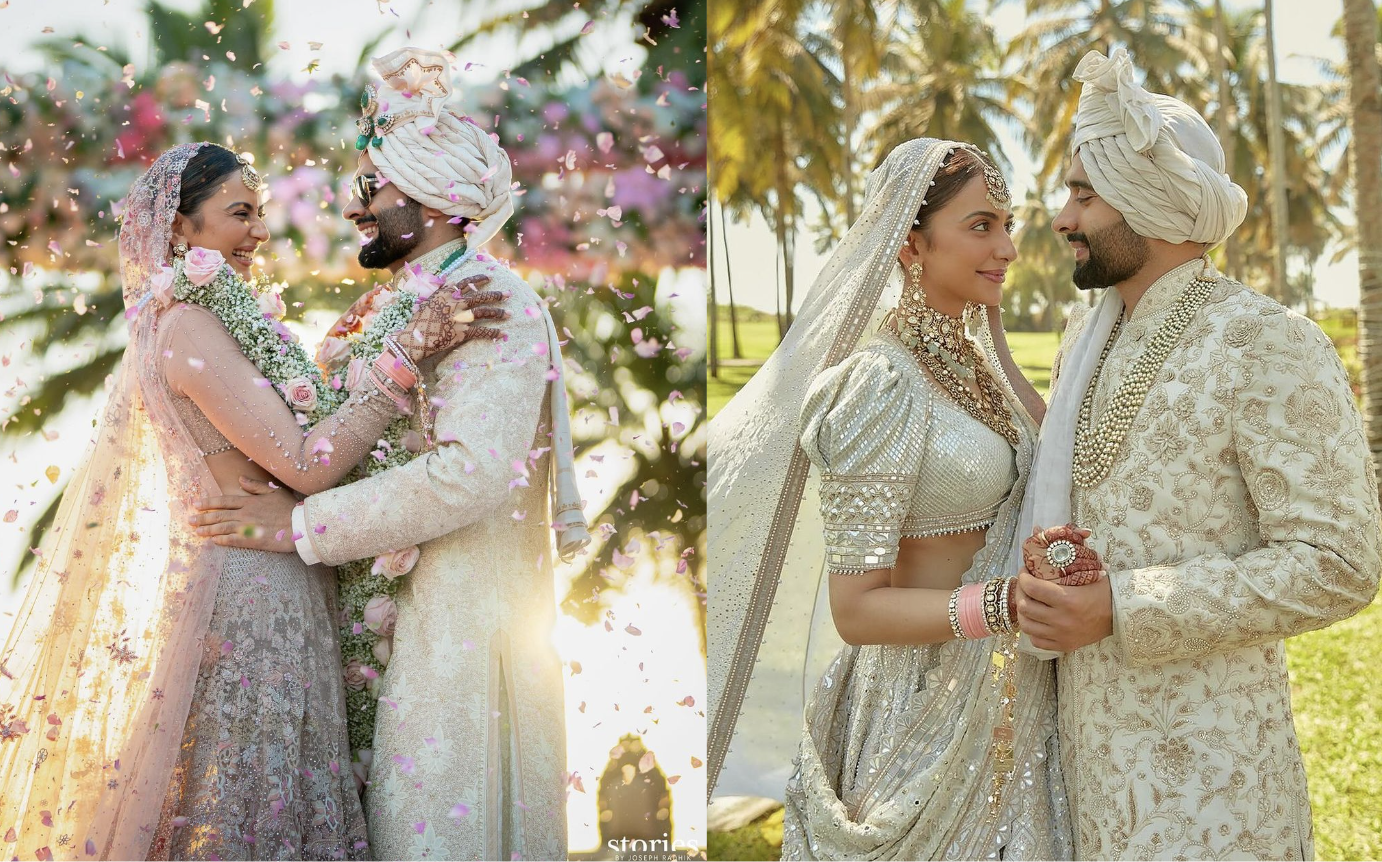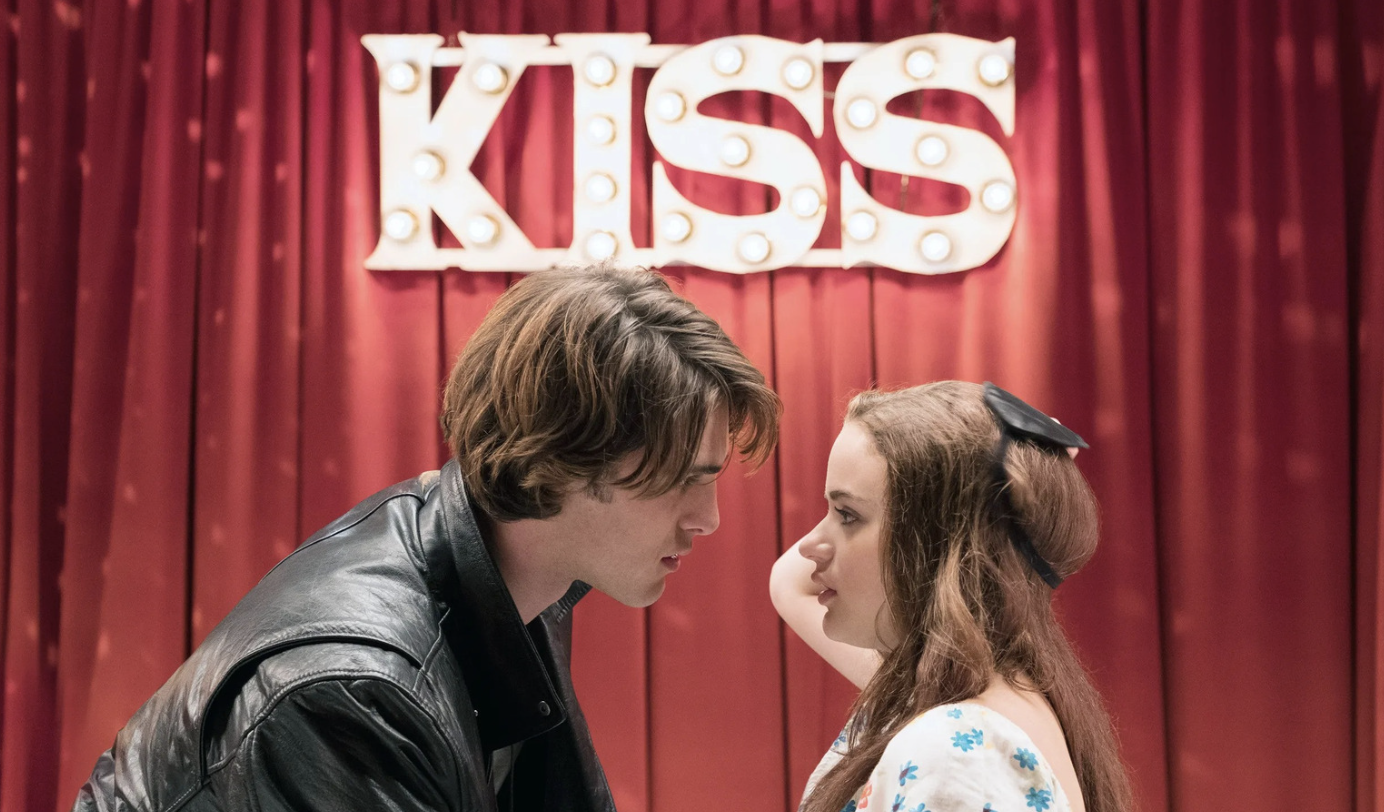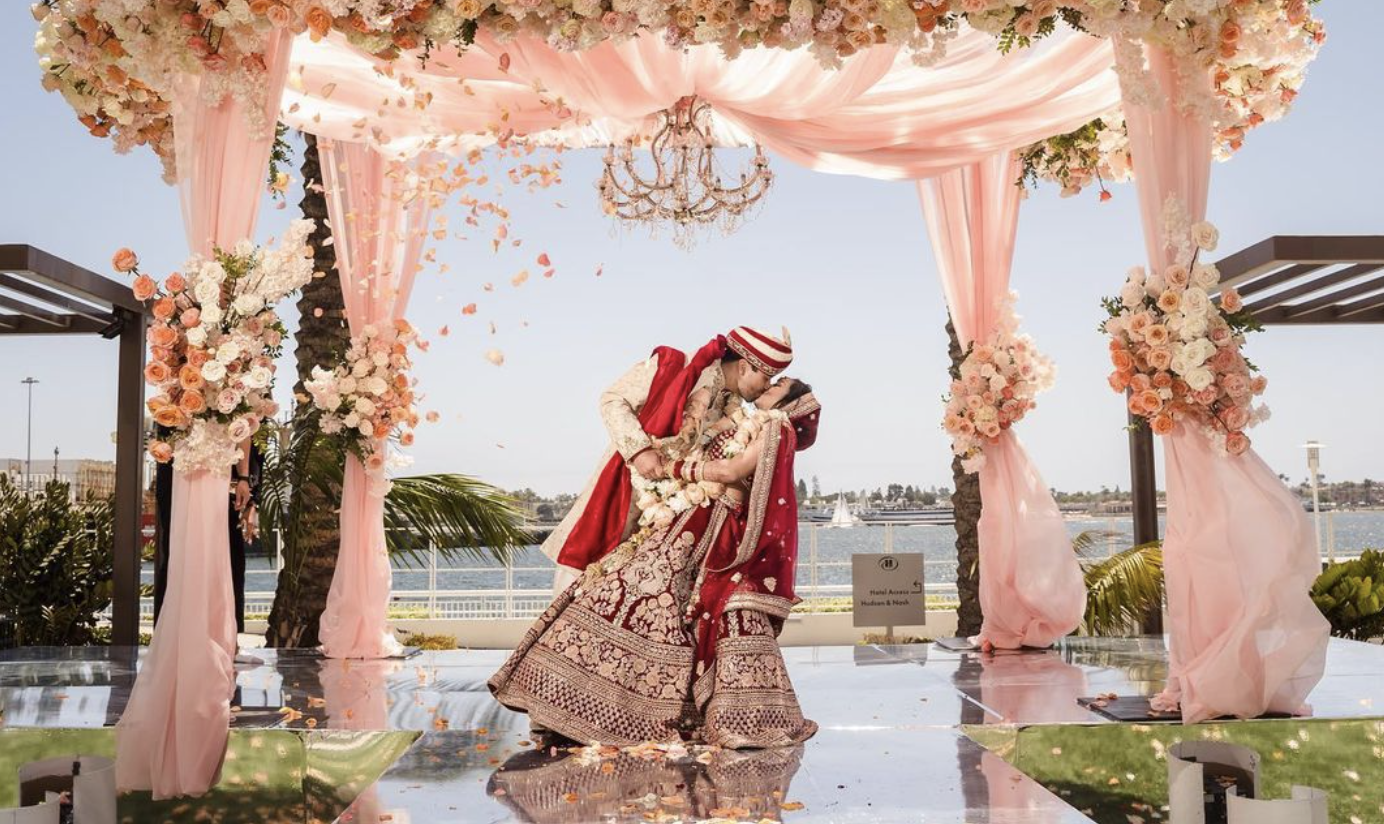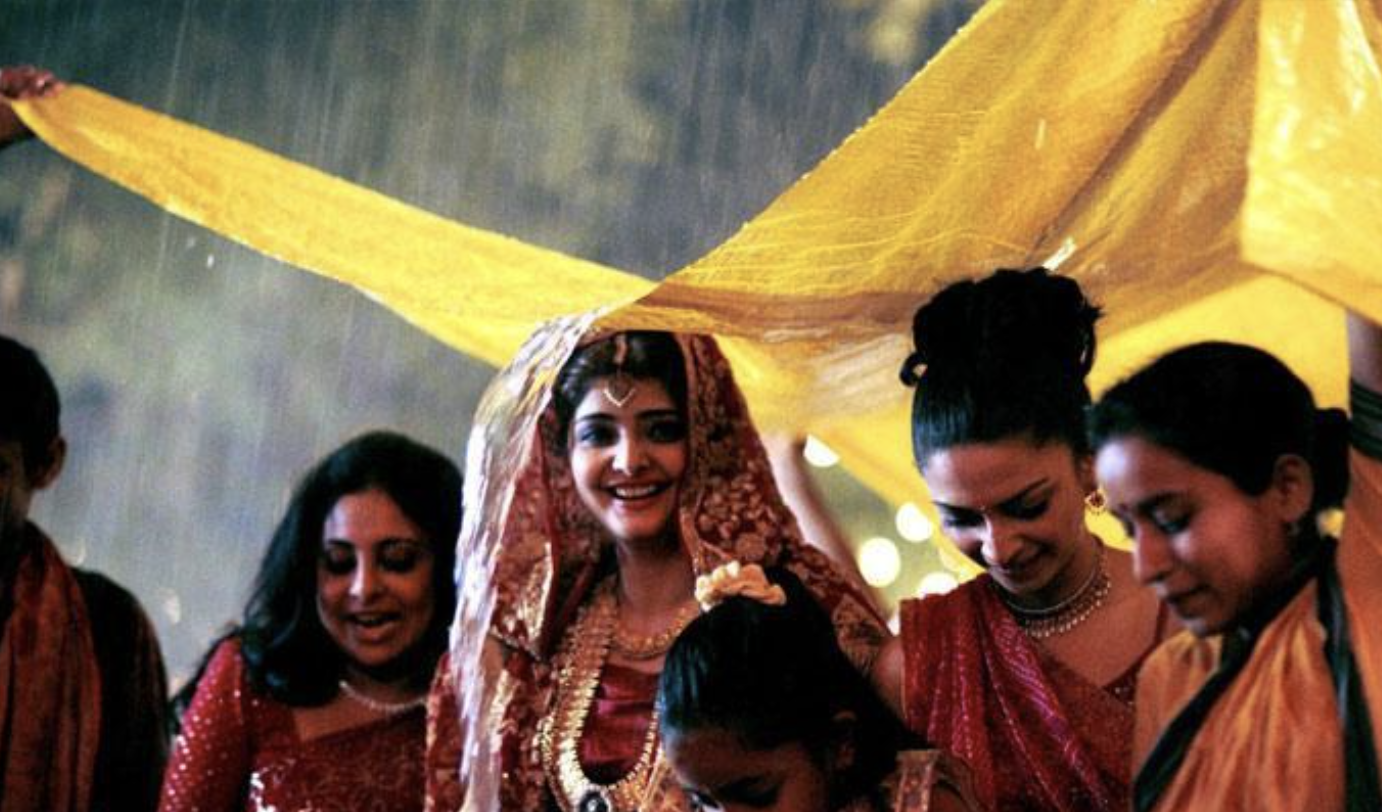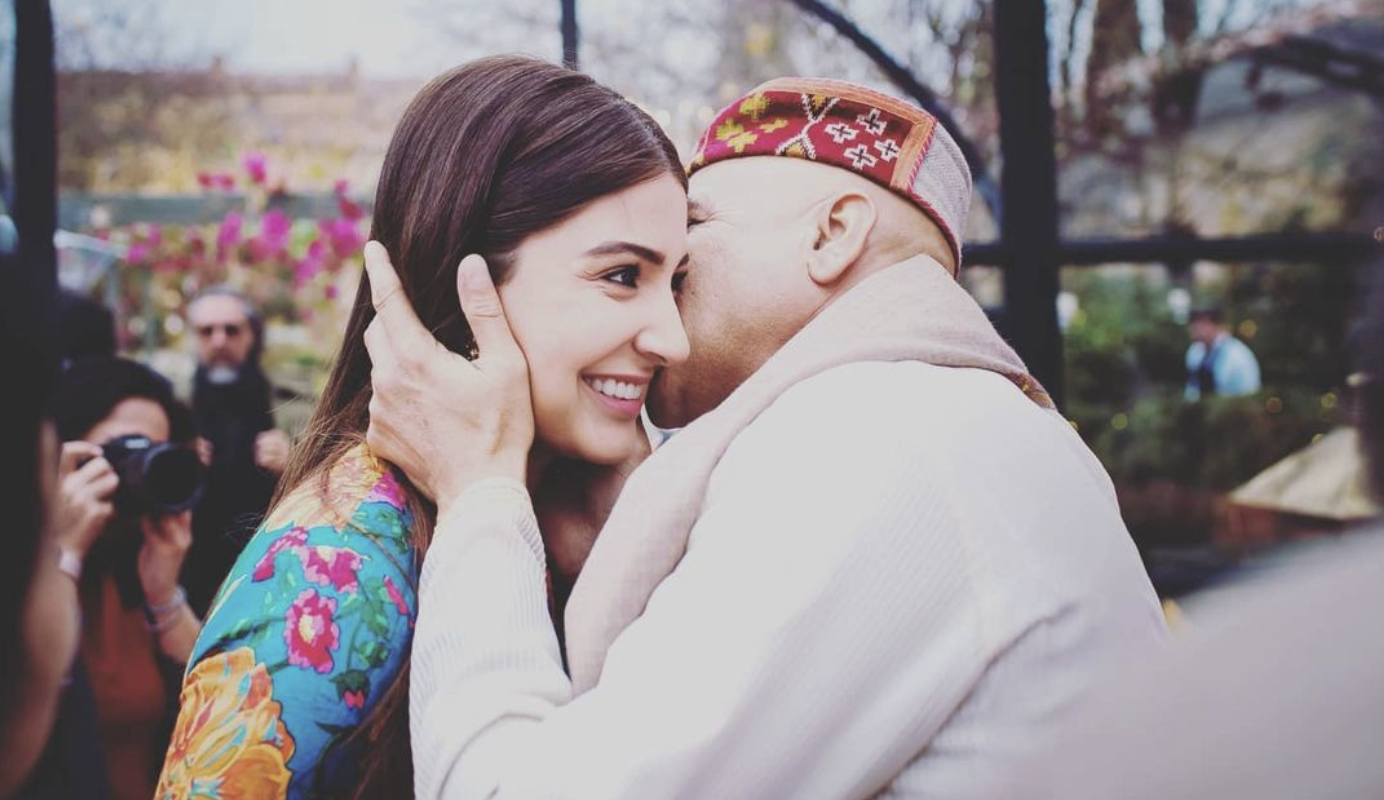Why Wedding Rings Are Worn On The Left Hand
Ideas and Inspiration Radhika SharmaLet's dive into the captivating world of marriage, where a small yet significant symbol often takes center stage—the wedding ring. Universally recognized as a potent emblem of love and commitment, the wedding ring holds profound significance across cultures and civilizations. One intriguing aspect of this tradition is the common practice of wearing wedding rings on the left hand. This custom spans numerous cultures and societies, sparking curiosity about its historical roots and cultural implications. As we embark on this journey of exploration, we'll unravel the captivating narratives and traditions surrounding the placement of wedding rings.
Historical Origins
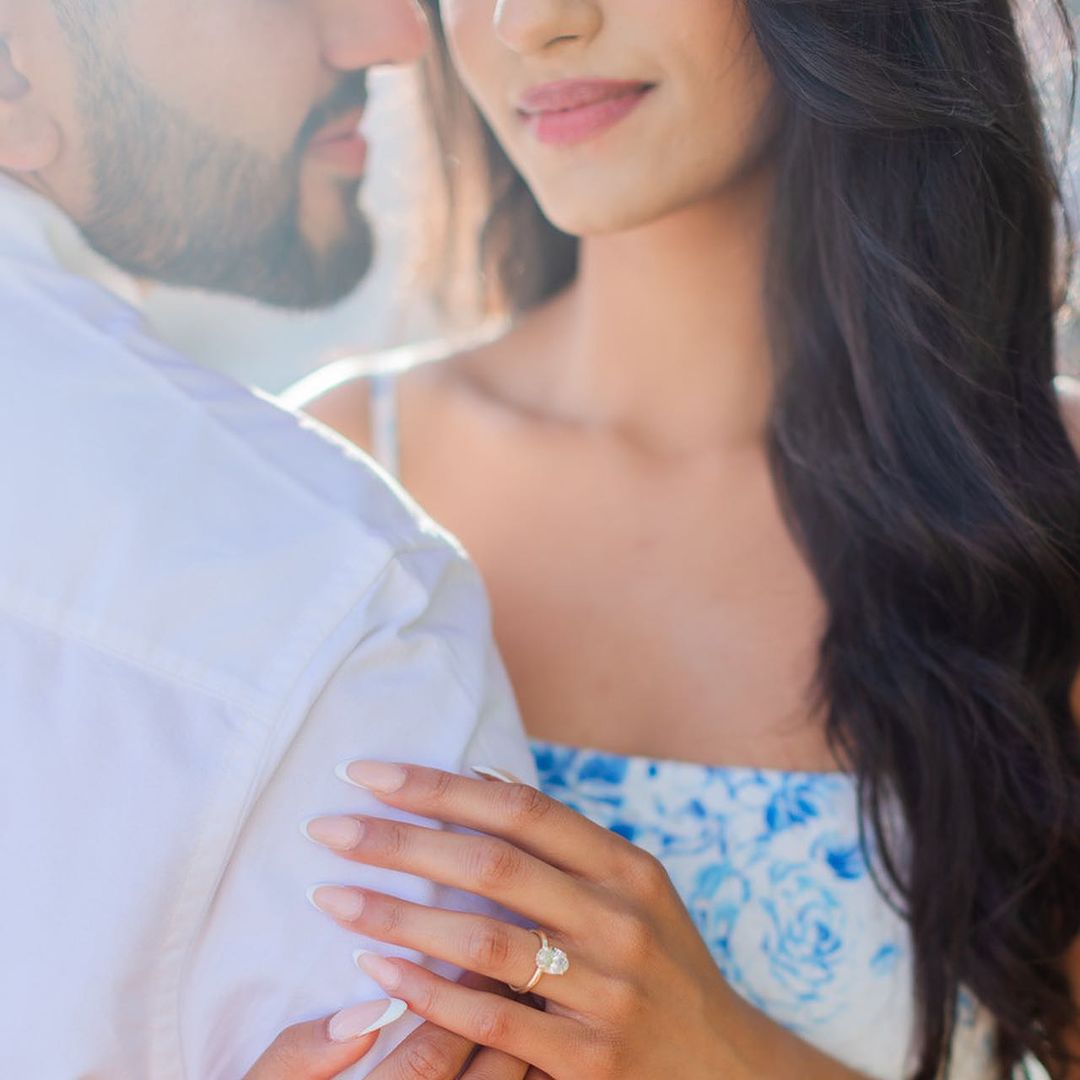
Source: Jasmeen Dhillon
The history of wedding rings is as fascinating as it is diverse, with ancient civilizations like the Egyptians and Romans weaving intricate beliefs and symbolism into this enduring tradition. In ancient Egypt, the circle was revered as a symbol of eternity, with no beginning or end. This belief led to the adoption of rings as potent tokens of everlasting love and commitment. The circular shape of the ring was believed to represent the eternal bond between spouses, making it a fitting symbol for marriage.
Meanwhile, the ancient Romans added their own layer of significance to the wedding ring. For them, the ring was not only a symbol of love but also a sign of ownership and agreement. When a woman accepted a ring from her betrothed, it signified the transfer of her ownership from her father to her husband-to-be. This concept of the ring as a symbol of ownership persisted through Roman law and influenced subsequent Western traditions.
The tradition of wearing wedding rings on the left hand can be traced back to ancient Rome as well. The Romans believed that the vein in the fourth finger of the left hand, known as the "vena amoris" or the "vein of love," was directly connected to the heart. Hence, by wearing the wedding ring on this finger, they believed that love flowed directly from the heart to the ring, symbolizing the deep emotional connection between spouses.
The influence of these ancient civilizations, with their rich symbolism and traditions, laid the foundation for the widespread custom of wearing wedding rings on the left hand. Over time, this practice became deeply ingrained in various cultures and societies, evolving into the cherished tradition we know today.
The "Vein of Love" Myth
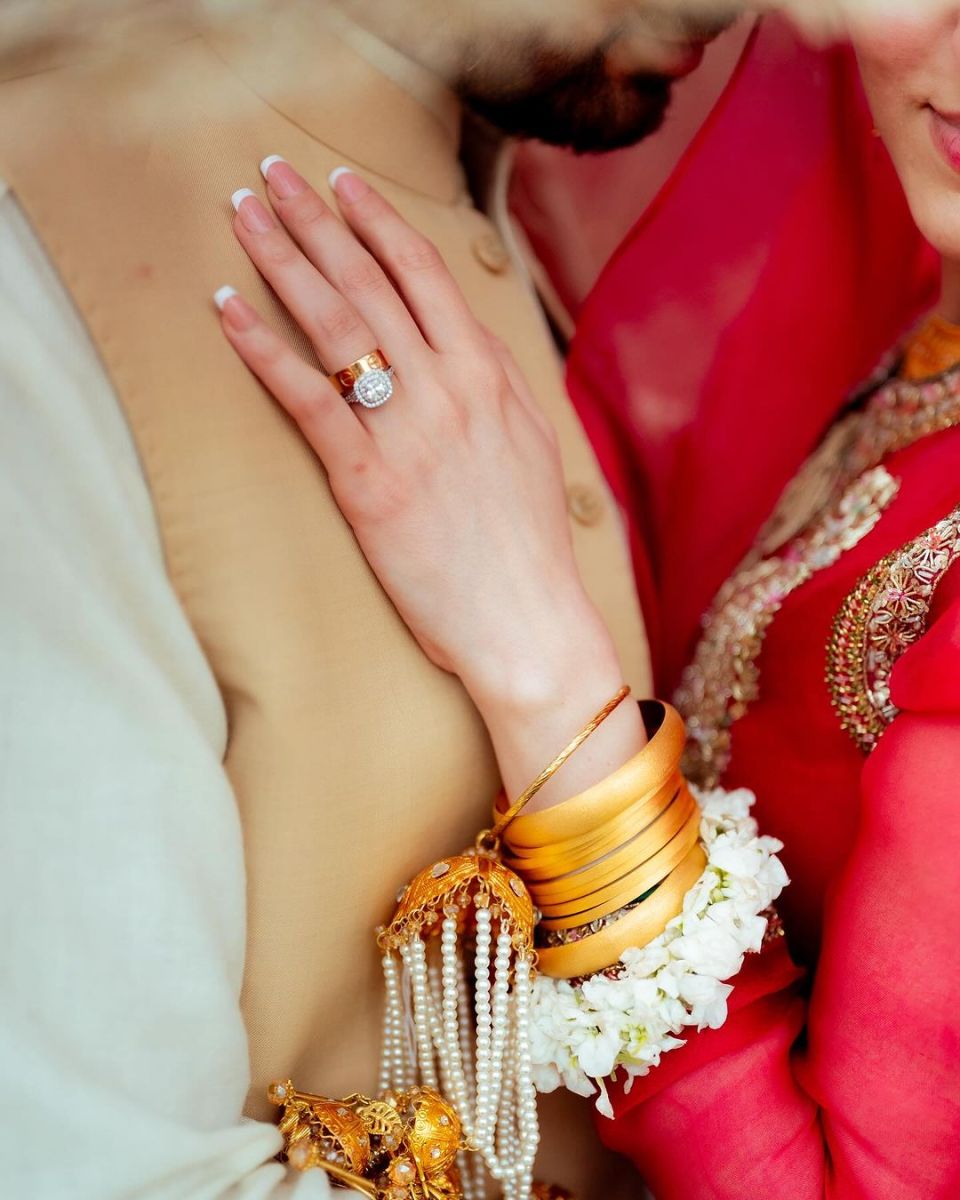
Source: Ayesha Rafat
The myth of the "vena amoris," or the vein of love, is a romantic notion that has captured the imagination of countless couples throughout history. According to this belief, there is a special vein that runs directly from the fourth finger of the left hand to the heart, symbolizing the deep emotional connection between partners.
This myth has its roots in ancient civilizations like the Romans, who believed in the concept of this vein as the conduit for love. The idea gained traction over time, becoming intertwined with the tradition of wearing wedding rings on the left hand. As couples exchanged rings, they embraced the symbolism of this vein, believing that by placing the ring on the fourth finger of the left hand, they were directly connecting their love to their heart. Despite lacking a scientific basis, the myth of the "vena amoris" has endured through the centuries, perpetuated by romanticism and tradition. Its allure lies in its poetic significance, offering couples a profound and symbolic way to express their love and commitment to one another.
While modern science may debunk the existence of a specific vein linking the fourth finger to the heart, the sentiment behind the myth remains as potent as ever. The tradition of wearing wedding rings on the left hand continues to be cherished by couples worldwide, serving as a tangible reminder of the enduring power of love and the timeless customs that bind us together.
Cultural Variations
.jpg)
Source: Parineeti Chopra
Indeed, while the tradition of wearing wedding rings on the left hand is widespread, it's important to recognize that not all cultures adhere to this practice. Across the globe, various cultures have their own unique customs and beliefs surrounding the wearing of wedding rings, offering fascinating insights into the diverse meanings attributed to this symbolic gesture. For example, in many Eastern European countries such as Russia, Ukraine, and Bulgaria, it's common for couples to wear their wedding rings on the right hand. This tradition traces back to historical and cultural influences, with the right hand often symbolizing strength, power, and authority in these societies.
In some cultures, the placement of the wedding ring may vary depending on religious or regional customs. In Orthodox Christian weddings, for instance, couples in countries like Greece and Serbia traditionally wear their wedding rings on the right hand during the ceremony and then transfer them to the left hand afterward. This ritual symbolizes the couple's transition into married life and their commitment to each other.
In other parts of the world, such as parts of India and the Middle East, there may be variations in how wedding rings are worn or whether they are worn at all. Cultural practices and religious beliefs play a significant role in shaping these customs, reflecting human traditions and values.
By exploring these diverse practices, we gain a deeper appreciation for the multifaceted nature of wedding ring traditions and the rich cultural heritage they embody. Each variation offers a unique perspective on love, commitment, and the bonds that unite us across continents and generations.
Modern Interpretations and Symbolism
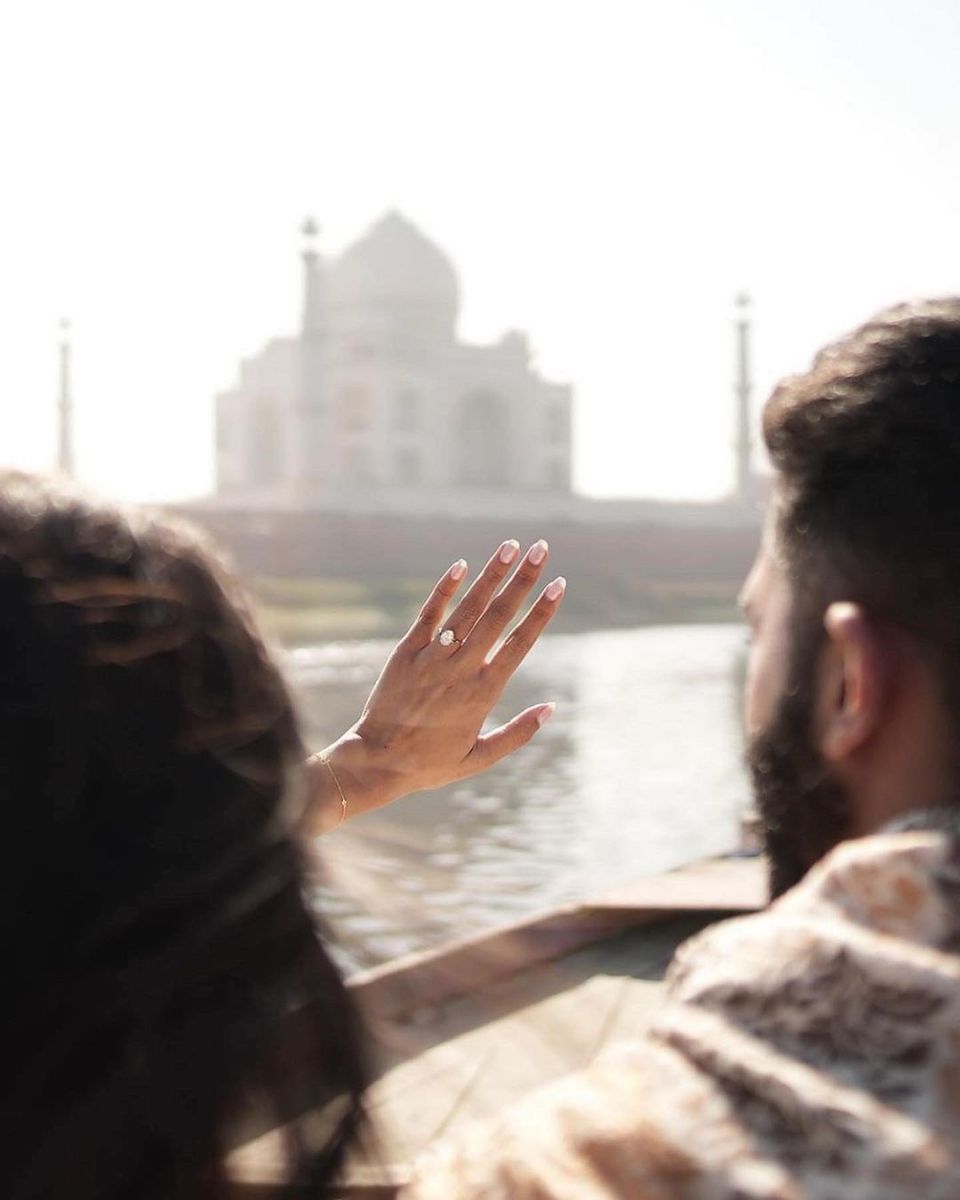
Source: Simran Rai
In modern times, the tradition of wearing wedding rings has evolved and adapted to reflect changing societal norms and individual preferences. While the practice of wearing wedding rings on the left hand continues to be prevalent, its symbolism has taken on new layers of meaning in contemporary society. For many couples, the left-hand ring placement still holds significance as a symbol of the heart and emotion. Despite the lack of scientific basis for the "vena amoris" myth, the tradition persists as a powerful representation of love's enduring connection to the heart. By wearing the wedding ring on the left hand, couples symbolically express their deep emotional bond and commitment to one another, embracing the romantic ideals that have long been associated with this tradition.
Moreover, in today's globalized world, the symbolism of the left-hand ring placement transcends cultural boundaries, resonating with individuals from diverse backgrounds. Whether it's in Western cultures where the tradition originated or in regions where different customs prevail, the left-hand ring placement continues to serve as a universal symbol of love and partnership.
Beyond its traditional symbolism, the left-hand ring placement in modern society also reflects broader cultural values and ideals. In an era where individualism and self-expression are celebrated, wearing a wedding ring on the left hand is a personal choice that carries profound meaning for each couple. It represents not only their commitment to one another but also their shared values, aspirations, and dreams for the future.
Furthermore, the left-hand ring placement is often seen as a visible declaration of one's marital status, signaling to the world that they are part of a committed partnership. In this sense, the wedding ring becomes more than just a piece of jewelry; it becomes a tangible symbol of identity and belonging, reinforcing the bonds of love and connection in an ever-changing world. Overall, the tradition of wearing wedding rings on the left hand continues to endure in contemporary society, reflecting timeless values of love, commitment, and unity. Whether steeped in ancient symbolism or imbued with modern interpretations, the left-hand ring placement remains a cherished tradition that celebrates the beauty and power of human relationships.
Practical Considerations
.jpg)
Source: Anna Camp
Practical considerations also play a role in the tradition of wearing wedding rings on the left hand, complementing the symbolic meanings associated with this practice. One such consideration is the fact that the majority of people are right-handed. Because of this, wearing the wedding ring on the left hand can help minimize wear and tear on the ring, as it is less likely to come into contact with objects or surfaces during daily activities. This practical aspect coexists harmoniously with the symbolic significance of the left-hand ring placement. While the tradition is rooted in romantic symbolism and cultural beliefs, its practicality adds a layer of functionality that enhances its appeal. By wearing the wedding ring on the left hand, couples can both express their love and commitment symbolically and ensure the longevity of their cherished symbol of partnership.
In this way, practical considerations and symbolic meanings intertwine, enriching the tradition of wearing wedding rings on the left hand with depth and nuance. It's a beautiful example of how traditions can seamlessly blend practicality with sentiment, creating enduring customs that resonate across generations.
Conclusion
.jpg)
The tradition of wearing wedding rings on the left hand is steeped in rich historical, cultural, and practical significance. Historically, civilizations like the Egyptians and Romans imbued wedding rings with symbolism, while the belief in the "vena amoris" myth added a romantic allure to the left-hand ring placement. Culturally, variations in ring placement exist, with some cultures favoring the right hand or incorporating unique rituals. Practically, wearing the ring on the left hand is often a practical choice, given that most people are right-handed, minimizing wear and tear on the ring.
Despite these diverse influences, the tradition endures as a powerful symbol of love and commitment in marriages worldwide. It transcends cultural boundaries, resonating with couples from different backgrounds and beliefs. Whether steeped in ancient symbolism or adapted to modern preferences, the tradition of wearing wedding rings on the left-hand remains a timeless testament to the enduring nature of love and partnership. It serves as a tangible reminder of the bond between spouses, symbolizing the journey they embark on together through life's joys and challenges.
Edited & Photos Sourced By: Neha Garg Ahuja



